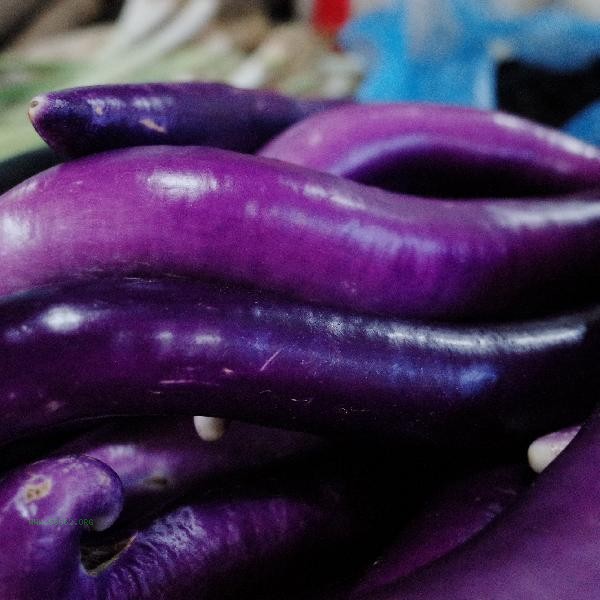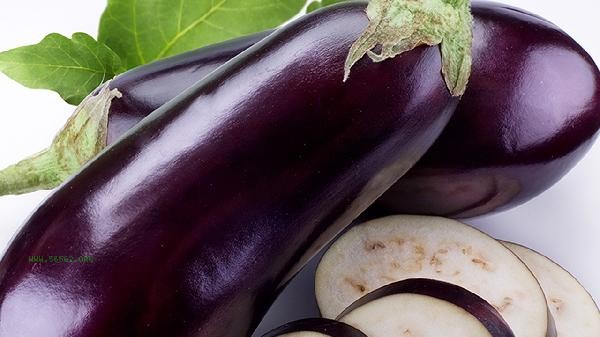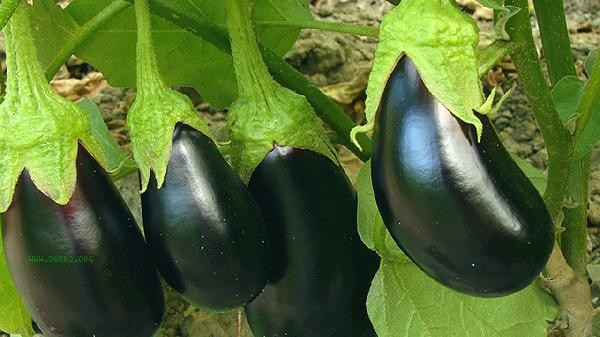Cut eggplants can be stored using methods such as refrigeration, freezing, soaking in salt water, vacuum sealing, or soaking in vinegar water. The choice of storage method depends on the subsequent cooking needs and storage duration.

1. Refrigerate storage
Put the cut eggplants into a fresh-keeping box or wrap them with plastic wrap, and store them in the refrigerator compartment for 1-2 days. Refrigeration can delay oxidation but cannot completely prevent water loss, making it suitable for use the next day. If there is browning on the surface, it can still be consumed, but the flavor will slightly decrease.
2. Frozen storage
Cut eggplant into pieces, blanch for 1 minute, drain, pack into sealed bags, and freeze for 1 month. Freezing will change the texture and make it more suitable for stewing dishes, and it is not advisable to stir fry after thawing. Sprinkle a small amount of starch before freezing to reduce the damage of ice crystals to cells.
3. Salt water immersion
Fully immerse the cut pieces in 3% concentration salt water and store them in refrigeration for 3 days. Salt can inhibit the activity of polyphenol oxidase and prevent browning, but it can penetrate into the eggplant meat and increase its saltiness, making it suitable for subsequent seasoning methods such as braising or sauce frying.

4. Vacuum sealing
After vacuuming, refrigeration can be extended to 5 days, and isolating oxygen can effectively prevent enzymatic browning. Please note that the vacuum process may compress and deform the eggplant pieces. It is recommended to lay them flat. This method has a high cost but can preserve the original state to the greatest extent possible.
5. Soak in vinegar water
Mix white vinegar and water in a ratio of 1:4 and soak for 10 minutes, drain and refrigerate for 2 days. Acidic environment can inhibit microorganisms while maintaining crispness, especially suitable for pre-treatment of cold eggplant, but there may be slight vinegar residue. Different preservation methods can directly affect the taste and cooking adaptability of eggplants. For short-term storage, refrigeration or vinegar water treatment is preferred, while for long-term storage, freezing is recommended. Regardless of the method used, it is necessary to ensure that the knives and containers are clean before storage. Eggplant chunks that have become sticky or have an odor should be discarded immediately. For dishes that require a bright purple color, they can be paired with lemon juice or vitamin C solution for color protection treatment.









Comments (0)
Leave a Comment
No comments yet
Be the first to share your thoughts!